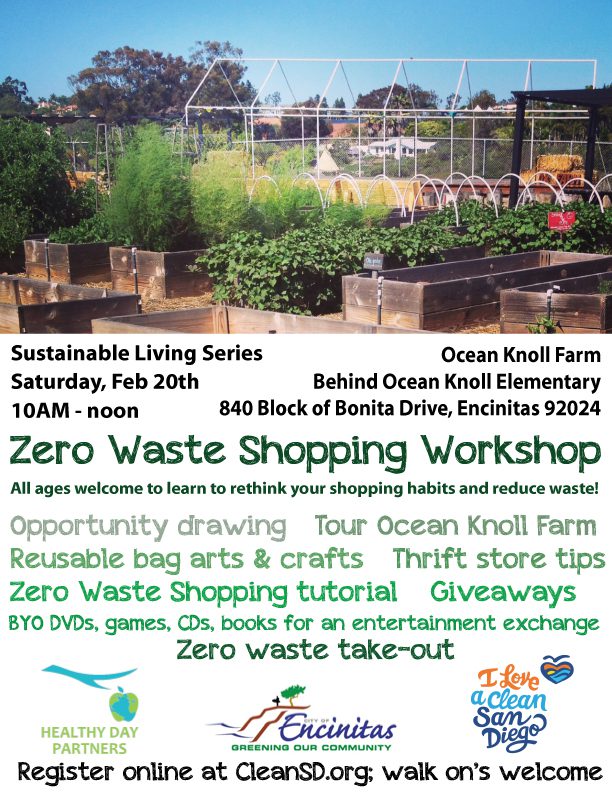
California recently passed Proposition 67 to ban plastic bags in our state. Most of us are probably wondering exactly how it will impact us. Having lived in Monterey when it banned plastic bags, I know it can be a process to understand the details to be prepared when the ban goes into effect. Here are a few answers to the most common questions we get.
What is the Plastic Bag Ban?
The plastic bag ban prohibits grocery stores, pharmacies, corner market stores and liquor stores from selling single use plastic bags. Instead, they will sell paper and reusable plastic bags for 10 cents each. Customers are encouraged to bring their own reusable bags and won’t be charged a fee when they do.
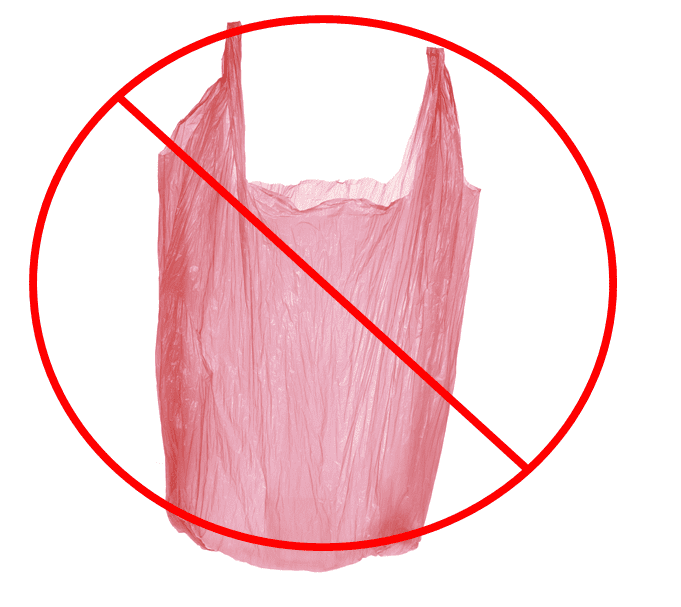
What were some reasons for passing this ban?
- Protecting wildlife. Many marine animals confuse plastic bags for food. For instance, sea turtles confuse plastic bags for one of their main food sources, jellyfish.
- Plastic bags do not biodegrade. Plastic goes through a process known as photodegradation. Photo means light and as sunlight shines on plastics they become more and more brittle and break down into microplastics. These microplastics can hurt wildlife and humans alike as they travel up the food chain.
- Plastic bags never fully breakdown. This means less space in landfills for other waste items, as well as disruption of marine and terrestrial food chains by the presence of plastic bags.
- Less than 5% of plastic bags are recycled in California.
- In 2050, plastic will outweigh fish in the ocean.
When will the bag ban officially start?
December 9, 2016. If you go into a store that isn’t compliant after 12/9/16, call your city public works department to report them.
What happens if you forget your reusable bag?
You will be charged 10 cents for a paper bag or reusable plastic bag. To avoid this, bring your own reusable bags or carry items out of the store without any bagging. Always keep a few reusable bags with you to be prepared for shopping trips.
What about other plastic bags?
The bag ban only prohibits carryout plastic bags at grocery stores, pharmacies, corner market stores and liquor stores. All other plastic bags, like pet waste bags and trash bags, will still be available for purchase. If you’re inspired by the reasons behind the bag ban and wish to discontinue the use of plastic bags in other areas of your life, here are some ideas:
- Pet waste bags. Picking up after your pup can be easy and zero waste! Simply purchase a small grabber and pick up your dog waste and place it immediately in a trash bin or flush it down the toilet. This method avoids bags altogether. If you need to use a bag, purchase a biodegradable bag or use a newspaper as a first option. If you desire to continue using plastic bags, reuse old bread, produce, cereal or newspaper bags. Cat lovers: we can help out your feline friends as well! For your litter box, introduce organic litter alternatives such as sawdust, mulch, or dirt. Slowly integrate these alternatives within the litter so the cats have time to adjust to the new litter. An alternative to fragrances that cover the smell is baking soda. If you prefer litter over the alternatives, purchase litter in bulk or in compostable packaging. To dispose of the cat waste, there are a few options. First, you can compost the waste in a cat waste specific compost bin and use the compost for ornamental plants. Learn more about how to do that here. If you don’t have enough space for your own compost, check to see if your local community compost collects animal waste. While you can flush dog poop, do not flush cat poop. Cats have a parasite in their feces that is not safe for humans or marine life.
- Trash bags. Extend the life of your plastic trash bags by dumping out the trash in your trash can and reusing the bag. If you want to get rid of plastic all together, place newspaper or scratch paper at the bottom of the trash to collect excess trash and rinse out the garbage container every so often. We like this tutorial for a DIY Newspaper Garbage Bag. Incorporating practices to reduce your waste will create less need for trash bags such as composting food scraps and eliminating plastic packaging.
- Shopping bags at other stores. Many other stores will still be using plastic bags at check out. Consider bringing your own reusable bag to clothing stores, pet stores and other retails stores to eliminate plastic bags.
I want to adopt a zero waste lifestyle. Where can I find some resources to begin my journey?
I Love A Clean San Diego’s Zero Waste 101: Home workshop will be taking place this Saturday from 1-3pm at South Chula Vista Library. It’s a great starting point to learn a few tips to begin a zero waste lifestyle at home! We welcome you to join us for this workshop and our upcoming series where we will explore how to adopt zero waste practices into your everyday life. We also offer our zero waste resource WasteFreeSD.org, where you can find more details regarding zero waste and how to enact different practices in your everyday life.To learn more about I Love A Clean San Diego and how we help protect our environment, please visit CleanSD.org!

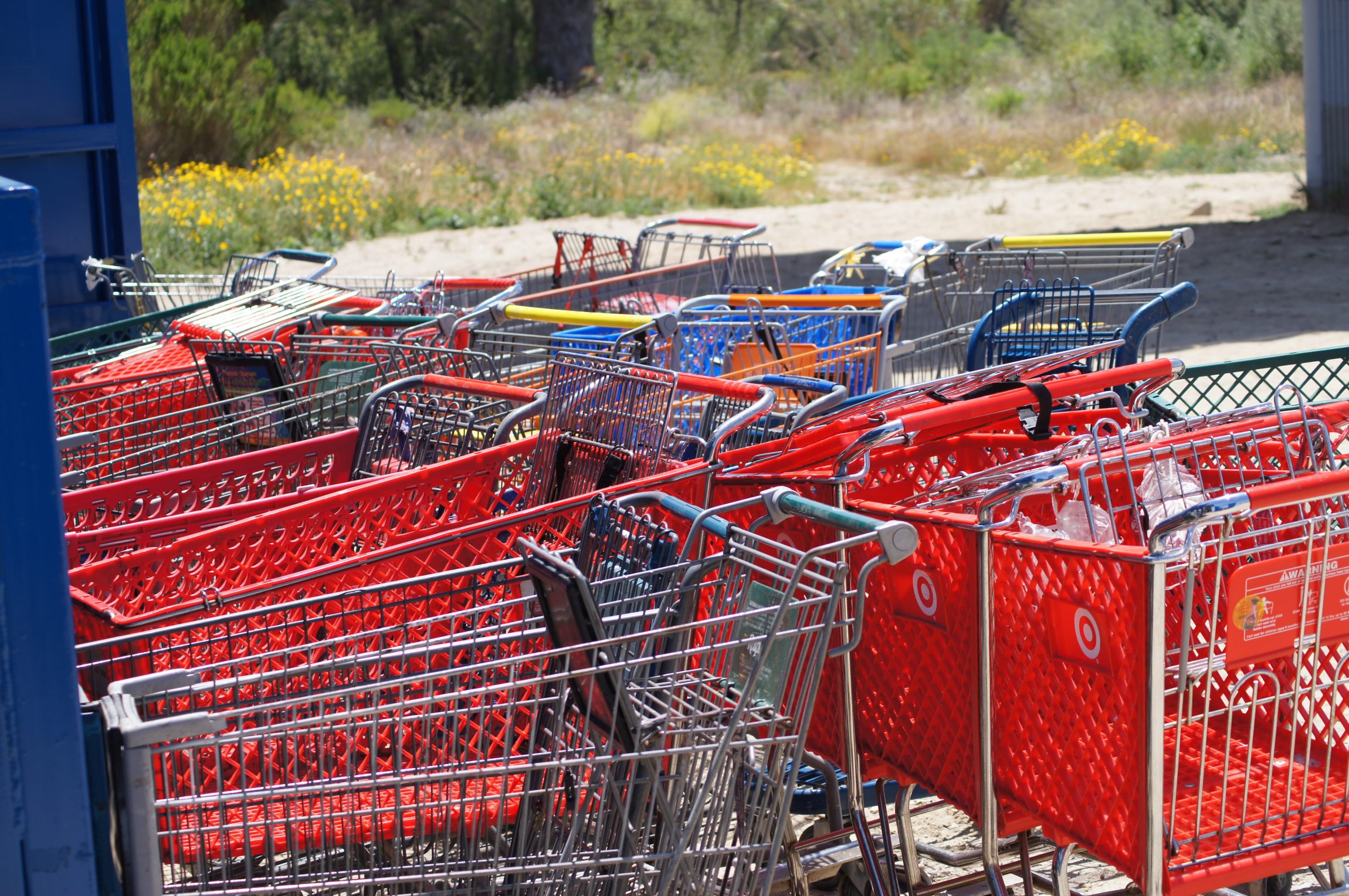
 Today’s blog comes from Grace, one of our Education Specialists! If you want to create less waste in 2016 get started today with one of our tried and true zero waste crafts! If you like what you find here, be sure to come to our
Today’s blog comes from Grace, one of our Education Specialists! If you want to create less waste in 2016 get started today with one of our tried and true zero waste crafts! If you like what you find here, be sure to come to our 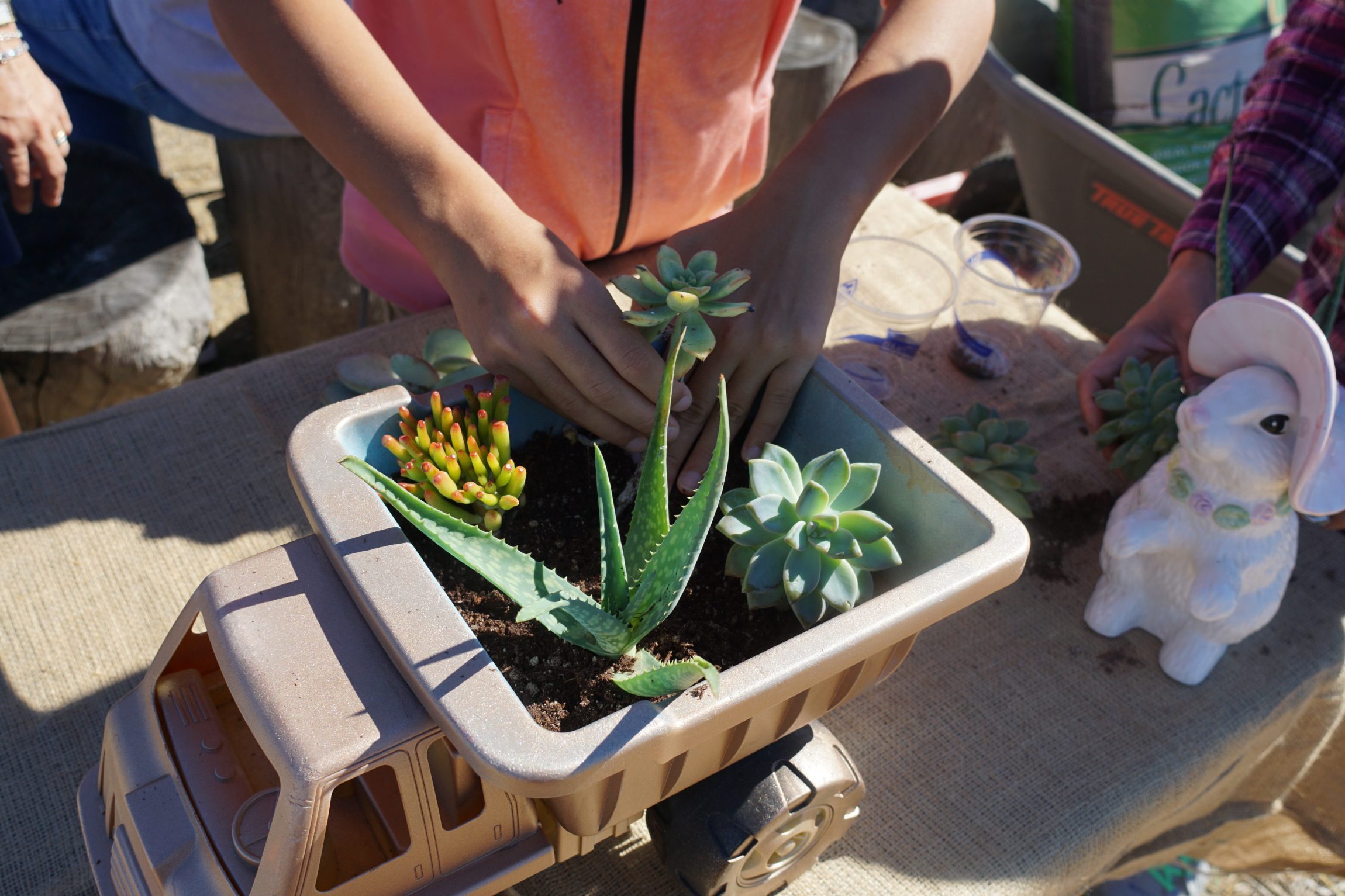

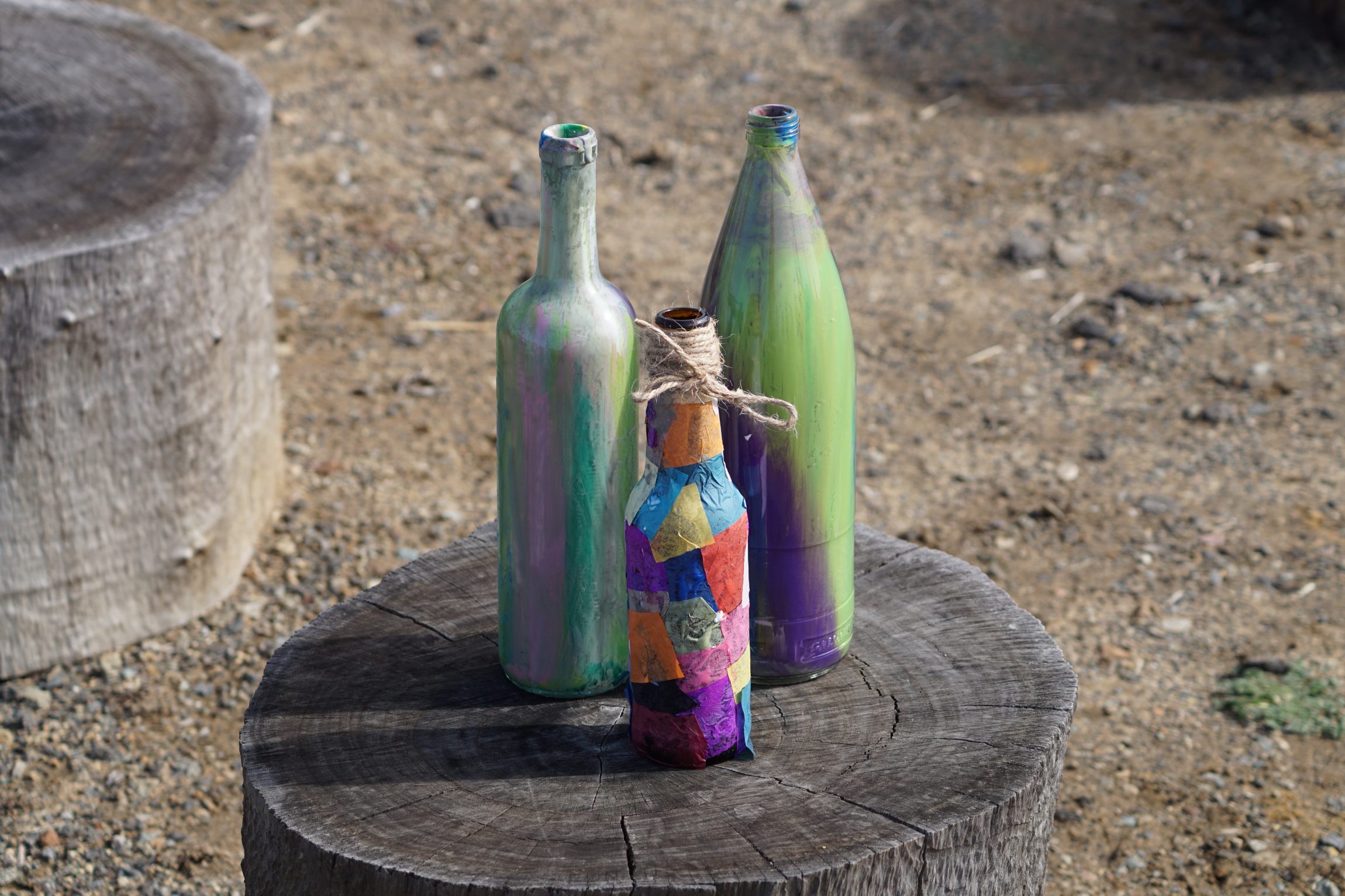
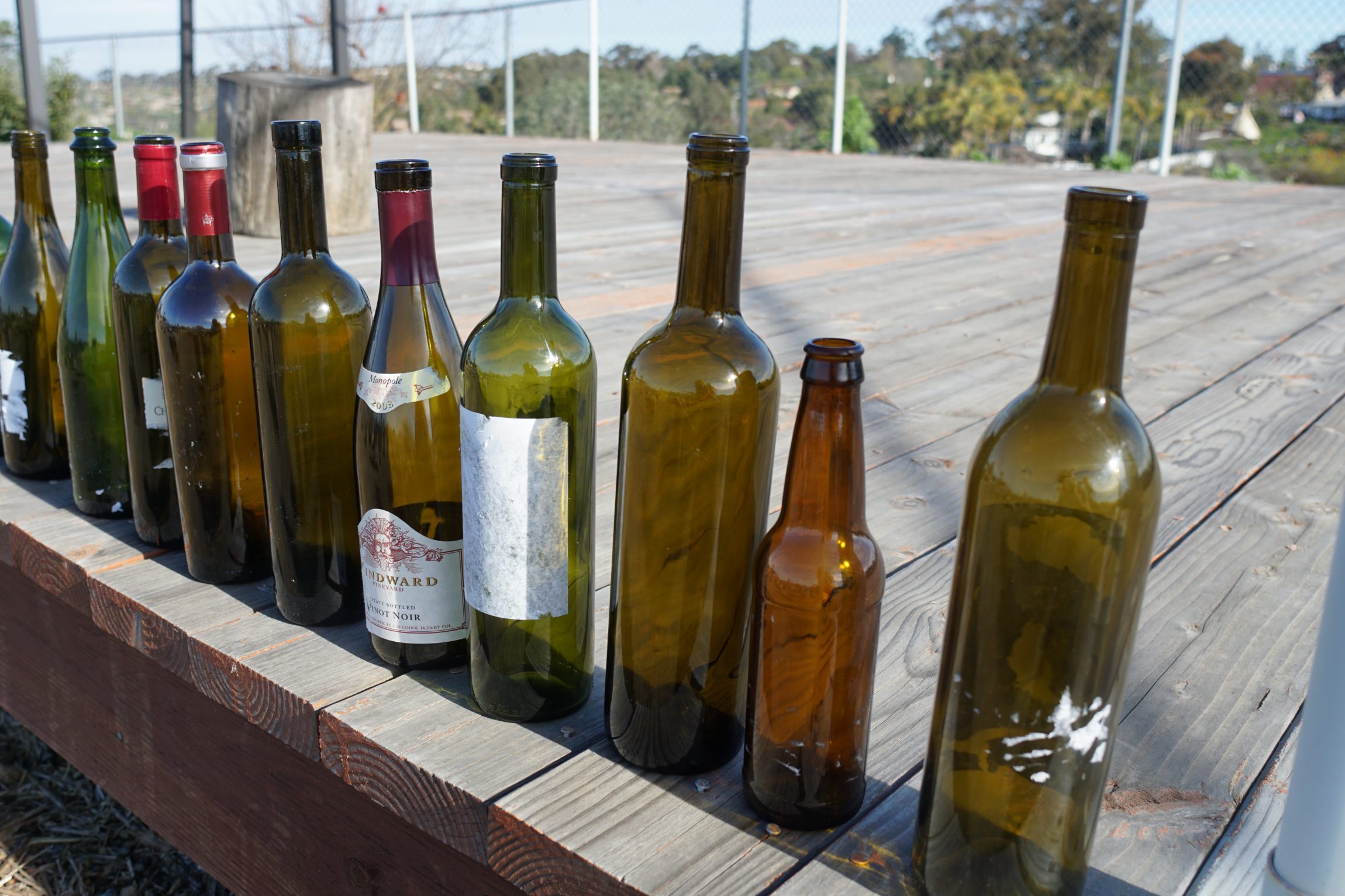 Instructions:
Instructions: